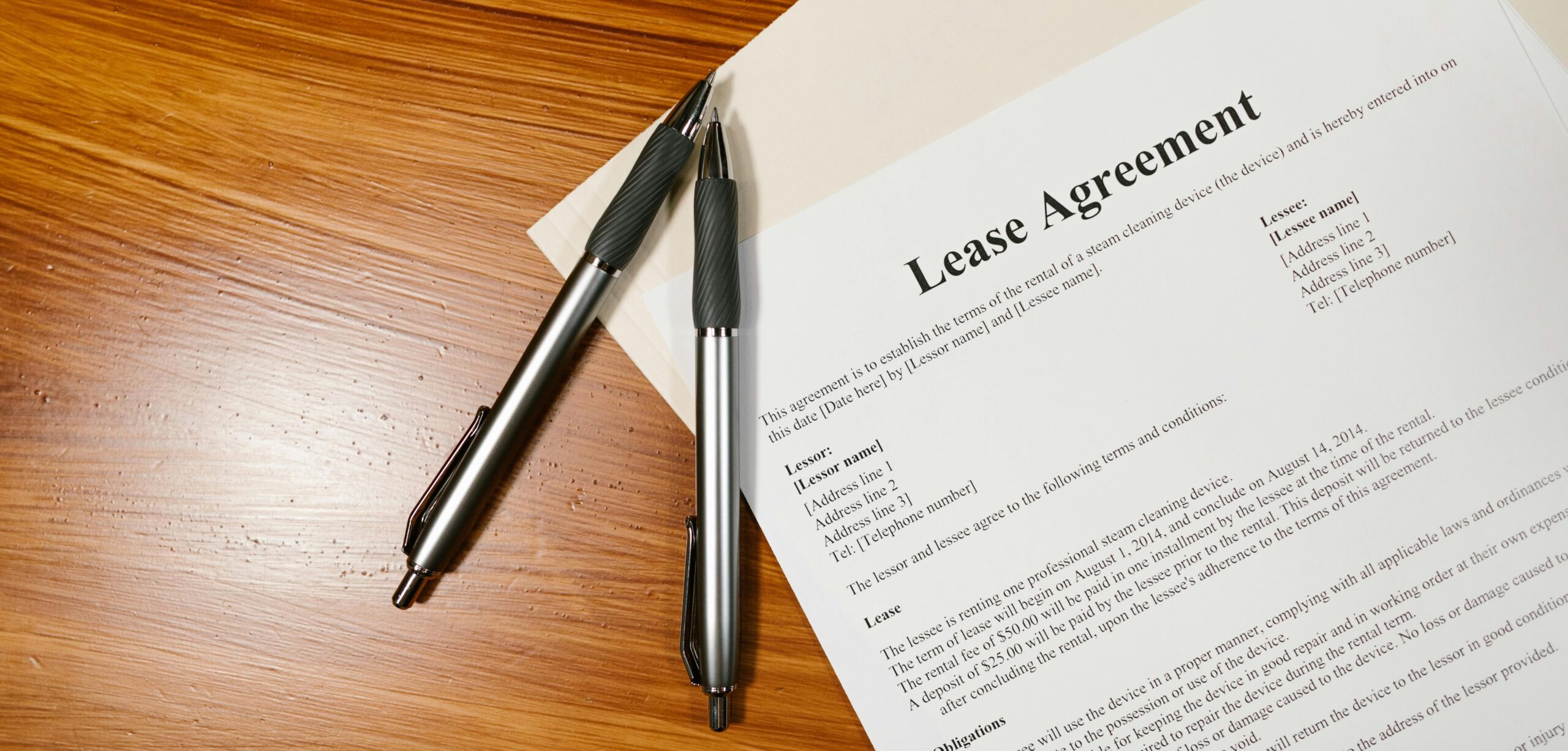The recent High Court Judgment of Colcroft Holdings Limited v Meadows, illustrates important lessons when buying and selling property. Here are some key takeaways that will help you get your ducks in a row if you are interested in buying property.
Before You Ink the Deal: Key Lease Considerations
Entering into a lease agreement is a significant commitment for both landlords and tenants, and careful negotiation is essential to ensure a fair and functional arrangement. This article looks at the key steps and considerations involved in entering into a lease.

First Steps
One of the first things landlords and tenants should clarify is whether they need to sign ’an agreement to lease before entering into the formal deed of lease. An agreement to lease sets out the intention to enter into a lease in the future and is useful where the arrangement is subject to certain conditions—like completion of building works or obtaining consents. Once those conditions are met and the start date is confirmed, the parties typically sign a formal lease.
In some cases, the formal lease is never signed, and the parties continue operating under the agreement to lease. This approach carries risks. For example, if the leased property is sold to a third party, the agreement to lease may not be enforceable against the new owner.
To avoid uncertainty or legal complications, it’s important for both parties to ensure the formal deed of lease is signed once all conditions are satisfied.
Due Diligence
Before signing, both parties should conduct thorough due diligence. Landlords should conduct due diligence on the tenant to ensure the tenant is going to be able to meet its obligations during the term of the lease. Where the tenant is a limited liability company, some form of security should always be obtained – it is usual for directors to provide personal guarantees. Tenants should investigate the suitability of the premises for their intended use, including compliance with the relevant District Plan and health and safety regulations. Failure to investigate these matters can result in costly legal consequences or operational disruptions.
Clarity in Terms
A well-drafted lease should include clear and specific terms regarding rent, duration, renewal rights, and permitted use of the premises. Ambiguity in these areas can lead to disputes down the line. For landlords, ensuring that the lease includes mechanisms for rent review and recovery of outgoings is vital. Tenants, on the other hand, should seek transparency around what costs they are responsible for and what maintenance they are responsible to undertake.
Negotiating Key Clauses
Certain clauses in a lease can significantly impact the rights and obligations of each party. We are seeing leases include a variety of rent review mechanisms – often fixed or CPI increases (which are cost-effective, relatively certain types of review) coupled with market reviews on renewals or every 3-5 years. A market review ensures that rent is ‘reset’ to market even after a number of fixed or CPI increases. Both parties should try and negotiate an appropriate ratchet – a landlord will try and include a hard ratchet where rent cannot decrease, whereas a tenant will look to include no ratchet or a soft ratchet where rent cannot fall below commencement date rental. Clauses related to assignment and subletting should be carefully negotiated to balance flexibility for the tenant with control for the landlord. Similarly, make-good provisions—requiring the tenant to restore the premises at the end of the lease—should be clearly defined to avoid disputes over the tenant’s obligations and the condition of the property upon exit.
Legal Advice and Documentation
Engaging legal professionals during the negotiation process is highly recommended. Lawyers can help identify risks, draft protective clauses, and ensure compliance with relevant legislation. Both parties should also ensure that all agreements are documented in writing and signed by authorized representatives. Verbal agreements or informal understandings can be difficult to enforce and may not hold up in court.
Leasing arrangements can be complex, but with careful planning, clear communication, and sound legal advice, both landlords and tenants can enter into agreements that serve their long-term interests. From understanding the distinction between an agreement to lease and a formal lease, to negotiating key terms and conducting due diligence, each step plays a critical role in reducing risk and avoiding disputes. By approaching the process thoughtfully and proactively, parties can build a strong foundation for a successful leasing relationship.
This article is current as at the date of publication and is only intended to provide general comments about the law. Harkness Henry accepts no responsibility for reliance by any person or organisation on the content of the article. Please contact the author of the article if you require specific advice about how the law applies to you.
For further information




